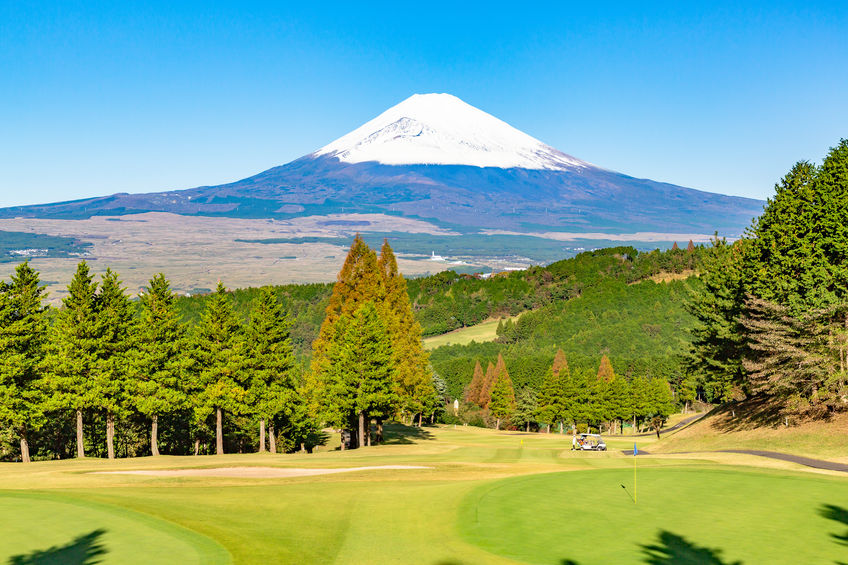Hole-in-One Insurance in Japan

Hole-in-one insurance in Japan
Is there a hole-in-one insurance for golfers in Japan?
In Japan, a hole-in-one is not just a rare and lucky feat on the golf course. It is also a social obligation.
That’s because in Japan, it is customary for the golfer who hits a hole-in-one to throw a party for their friends and family. This party can be expensive, and it can be a burden on the golfer, especially if they are not wealthy.
This is where hole-in-one insurance comes in. Hole-in-one insurance is a type of insurance that covers the cost of throwing a hole-in-one party. If you take out hole-in-one insurance, and you hit a hole-in-one, the insurance company will pay for the party costs.
Hole-in-one insurance is not a common type of insurance in the United States, but it is very popular in Japan. There are several reasons for this.
First, as mentioned above, it is customary for golfers in Japan to throw a party after hitting a hole-in-one. This tradition is thought to have originated in the early 1900s, when a Japanese golfer hit a hole-in-one and was so excited that he threw a party for his friends and family. The tradition has since caught on, and it is now expected for golfers in Japan to throw a party after hitting a hole-in-one.
Second, the cost of throwing a hole-in-one party in Japan can be high. This is because Japanese parties tend to be lavish affairs, with plenty of food, drinks, and entertainment. The average cost of a hole-in-one party in Japan is around $10,000.
Third, Japanese culture places a high value on social obligations. If you hit a hole-in-one in Japan, you are not only expected to throw a party, but you are also expected to invite a large number of people. This can be a daunting task, especially if you are not wealthy.
For these reasons, hole-in-one insurance is a popular option for golfers in Japan. It provides peace of mind knowing that you will be able to afford to throw a party if you hit a hole-in-one.
How much does the hole-in-one insurance cost and what are the conditions of contract?
A comprehensive insurance plan for golfers typically includes hole-in-one coverage. For example, a major Japanese insurance company offers a Standard Plan with an annual premium of approximately 10,000 yen, which pays out 300,000 yen in the event of a hole-in-one. The Premium Plan requires an annual premium of 19,000 yen and provides a 500,000 yen payout for a hole-in-one.
In the event of a hole-in-one or albatross, the insurance will cover the actual cost of the ensuing celebration. However, the achievement must be witnessed, and proof of such observation is required, typically by the accompanying player or a golf course official. Self-playing golfers are generally not eligible for coverage, but they may qualify for a payout with the proper proof.
This hole-in-one insurance only applies when an amateur golfer completes a legitimate round of golf at a golf course in Japan with at least nine holes, and when there is proof of accomplishment and witness testimony.
Upon achieving a hole-in-one, a golfer may face expenses ranging from several hundred thousand yen to nearly one million yen for activities such as holding a celebration party, tipping the accompanying caddie, planting commemorative trees on the golf course, and gifting commemorative items. These expenses can be claimed and covered by the insurance.
Conclusion:
Hole-in-one insurance is not a necessary evil, but it can be a helpful way to protect yourself financially if you hit a hole-in-one in Japan. If you are planning on golfing in Japan, and you are concerned about the cost of throwing a hole-in-one party, then you may want to consider taking out hole-in-one insurance.
Here are some additional things to keep in mind about hole-in-one insurance in Japan:
- The cost of hole-in-one insurance varies depending on the golf course and the policy coverage.
- Most hole-in-one insurance policies have a waiting period, which is the number of rounds of golf you must play before the policy is in effect.
- Hole-in-one insurance policies typically have a maximum payout, which is the most money the insurance company will pay for a hole-in-one party.










